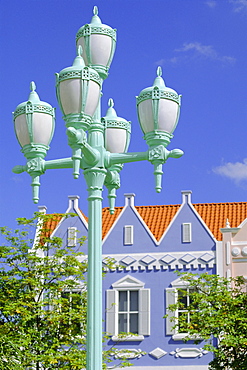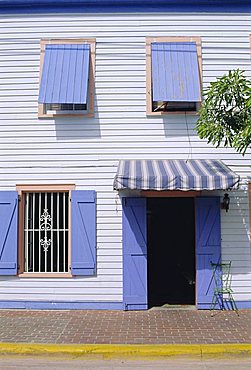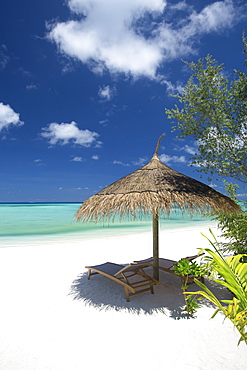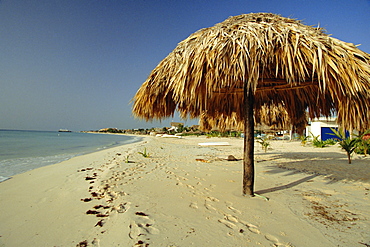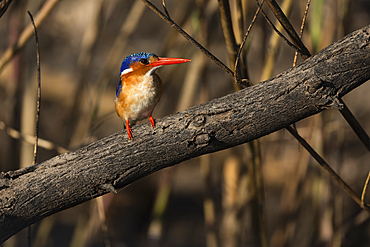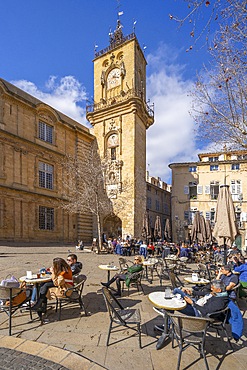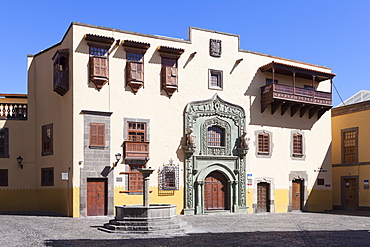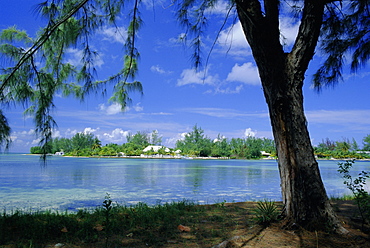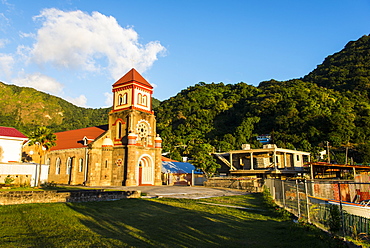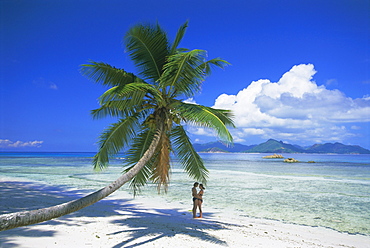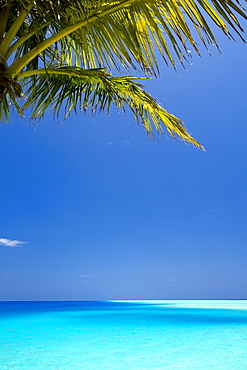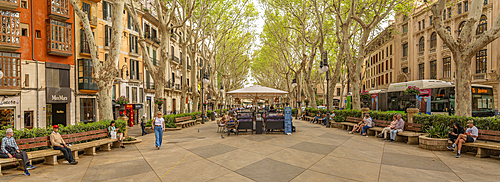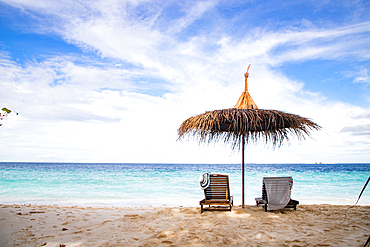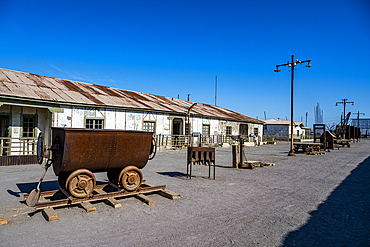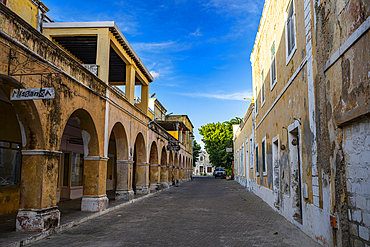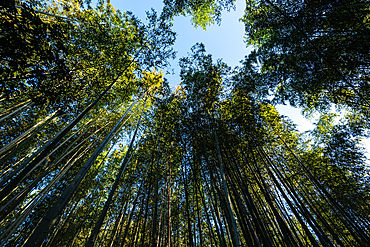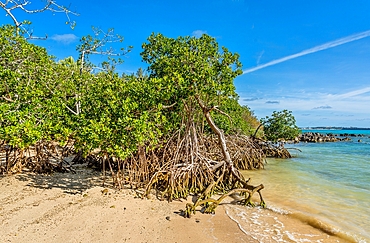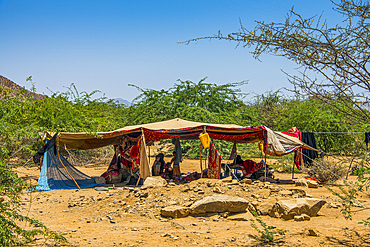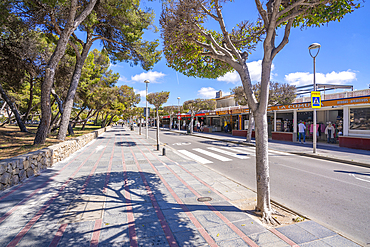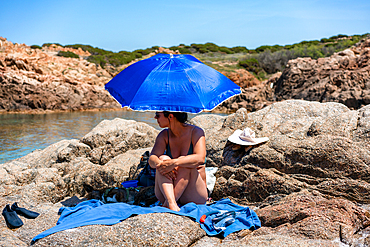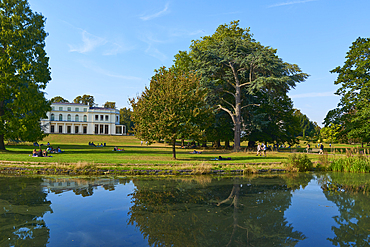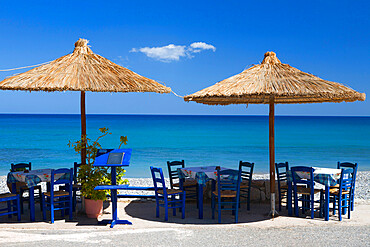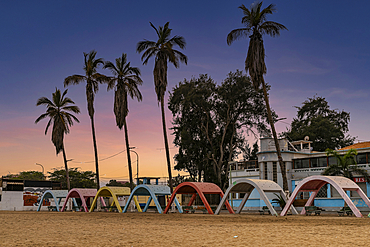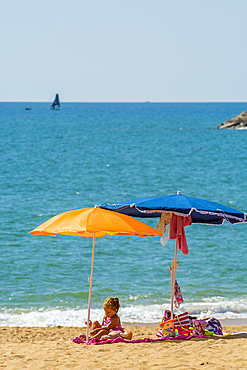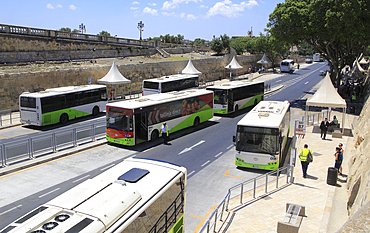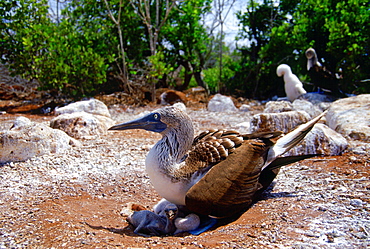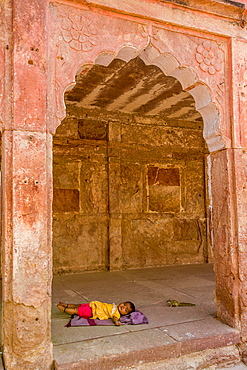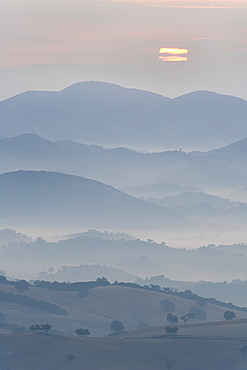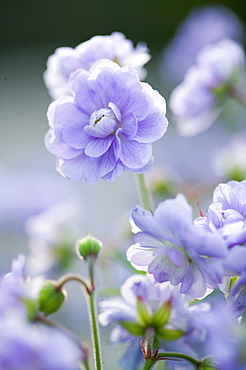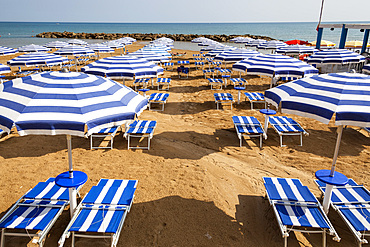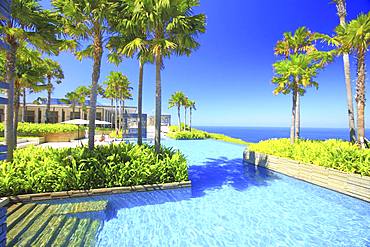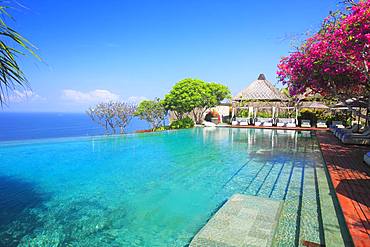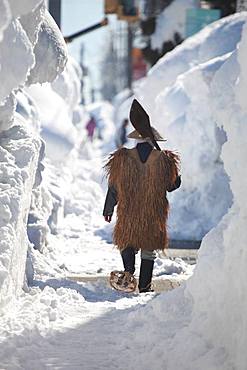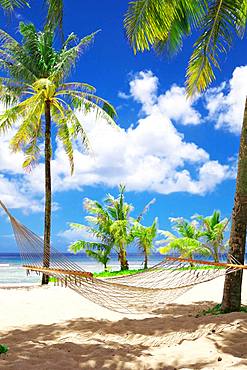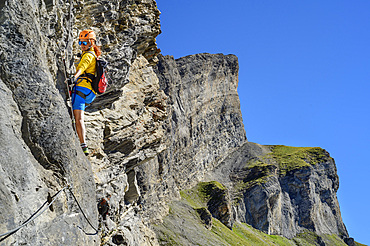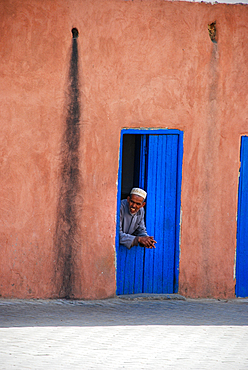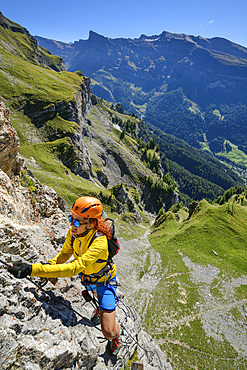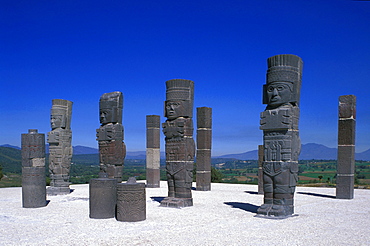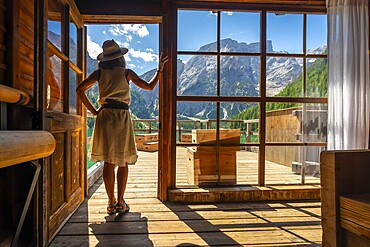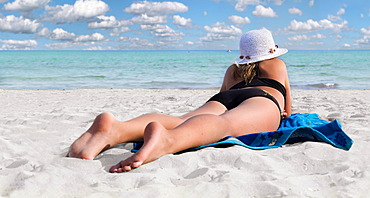Results
53 results found

Couple looking towards Little Venice in the Alefkandra district of Mykonos Town, Mykonos, Cyclades Islands, Greece, Europe
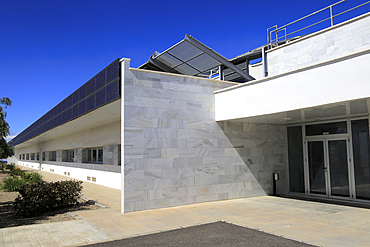
Energy efficient CIEMAT building research at Solar energy research establishment near Tabernas, Almeria, Andalusia, Spain, Europe
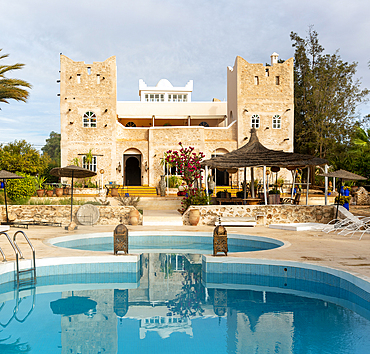
Out of Medina riad (hotel) swimming pool and building, Bouzama, Essaouira, Morocco, North Africa, Africa
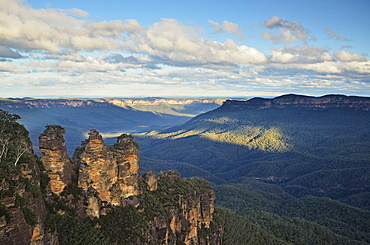
The Three Sisters and Jamison Valley, Blue Mountains, Blue Mountains National Park, UNESCO World Heritage Site, New South Wales, Australia, Pacific
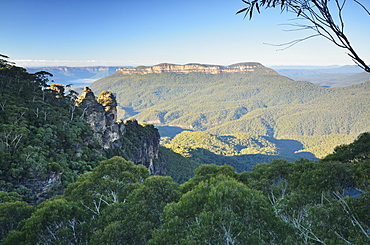
The Three Sisters and Mount Solitary, Blue Mountains, Blue Mountains National Park, UNESCO World Heritage Site, New South Wales, Australia, Pacific
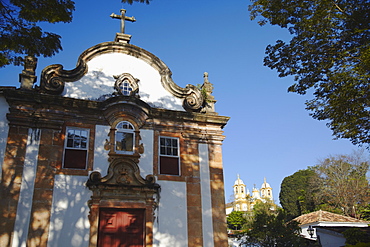
Our Lady Rosario dos Pretos and Matriz de Santo Antonio churches, Tiradentes, Minas Gerais, Brazil, South America
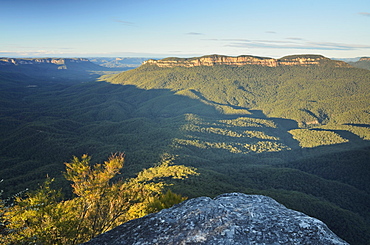
Mount Solitary and Jamison Valley, Blue Mountains, Blue Mountains National Park, UNESCO World Heritage Site, New South Wales, Australia, Pacific
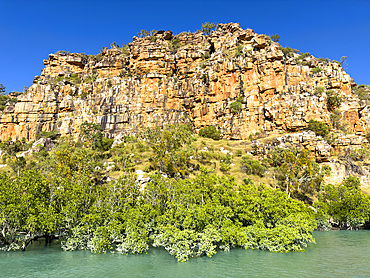
Mangroves in front of the King Leopold sandstone formations, Hunter River, Frederick Harbor, Kimberley, Western Australia, Australia, Pacific
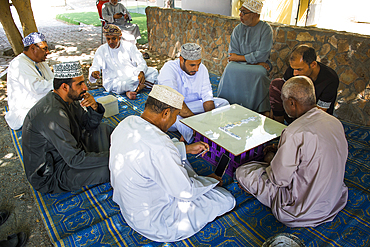
Domino players, Birkat Al Mouz in the Al Dakhliya region, foothills of Jebel Akhdar, Sultanate of Oman, Arabian Peninsula
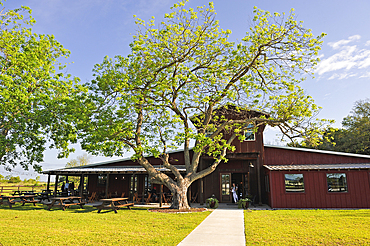
Pecan tree in front of Amelia Farm and Market, 8600 Dishman Road, Beaumont, Texas, United States of America
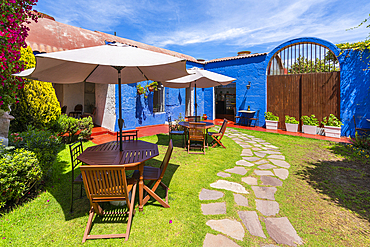
Cafe of Cloister and Monastery of Santa Catalina de Siena, UNESCO World Heritage Site, Arequipa, Peru, South America
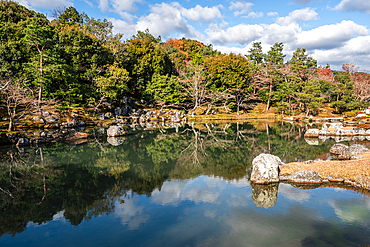
Sogenchi Teien lake, tranquil Zen garden of Tenryu-ji, UNESCO World Heritage Site, in Arashiyama, Kyoto, Honshu, Japan, Asia
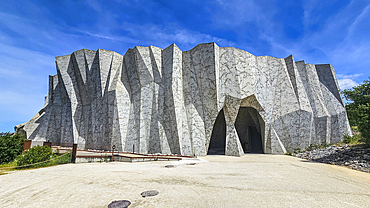
Museum in the Chauvet-Pont-d'Arc Cave, UNESCO World Heritage Site, Ardeche, Auvergne-Rhone-Alpes, France, Europe
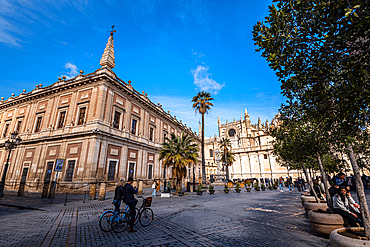
The Archivo General de Indias (General Archive of the Indies), UNESCO World Heritage Site, Plaza del Triunfo, Seville, Andalusia, Spain, Europe
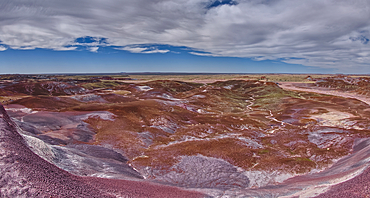
The North Valley below the Blue Mesa in Petrified Forest National Park, Arizona, United States of America, North America

Monument of Cape Horn, southern most point in South America, Hornos island, Tierra del Fuego, Chile, South America

View of cafes on Carrer d'En Bordils, Porto Cristo, Majorca, Balearic Islands, Spain, Mediterranean, Europe
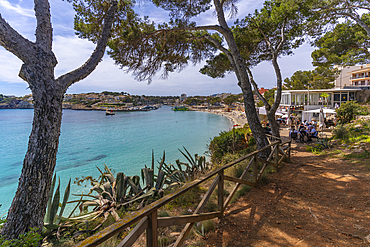
View of waterside restaurant in Parc de Portocristo, Porto Cristo, Majorca, Balearic Islands, Spain, Mediterranean, Europe
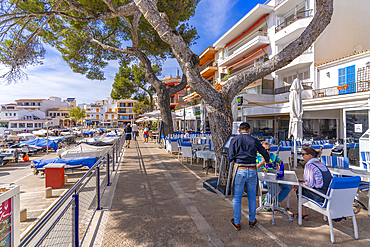
View of restaurants in the harbour at Cala Rajada, Majorca, Balearic Islands, Spain, Mediterranean, Europe
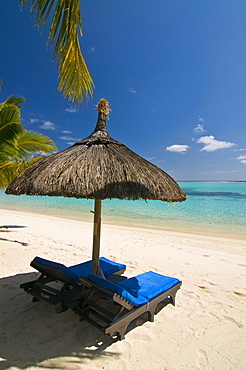
Sun lounger on the beach of the Beachcomber Le Paradis five star hotel, Mauritius, Indian Ocean, Africa

Shwe Inn Thein Pagoda, containing 1054 17th and 18th century Zedi, Inle Lake, Shan State, Myanmar (Burma), Asia
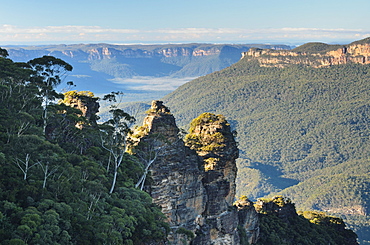
The Three Sisters and Jamison Valley, Blue Mountains, Blue Mountains National Park, UNESCO World Heritage Site, New South Wales, Australia, Pacific
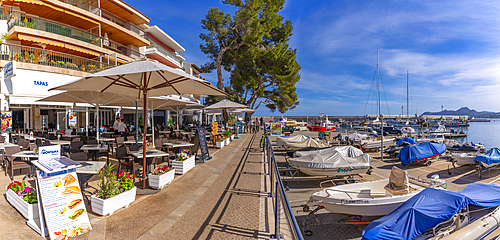
View of restaurants in the harbour at Cala Rajada, Majorca, Balearic Islands, Spain, Mediterranean, Europe
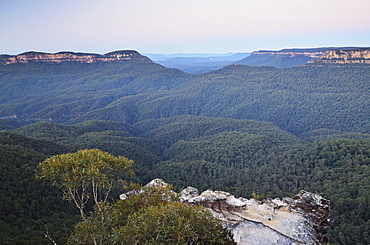
Mount Solitary and Jamison Valley, Blue Mountains, Blue Mountains National Park, UNESCO World Heritage Site, New South Wales, Australia, Pacific

Parasols at the beautiful beach in Nosy Iranja, a little island near Nosy Be, Madagascar, Indian Ocean, Africa
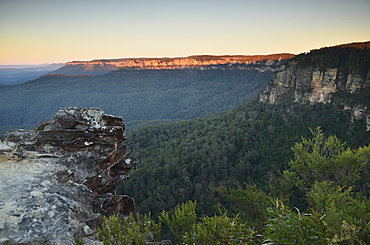
Mount Solitary and Jamison Valley, Blue Mountains, Blue Mountains National Park, UNESCO World Heritage Site, New South Wales, Australia, Pacific
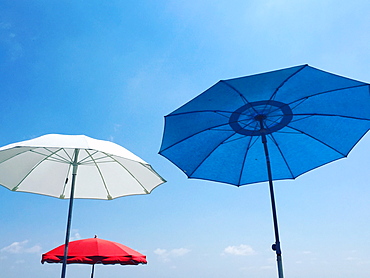
Red, white and blue beach parasols against a blue sky, Nice, Alpes Maritimes, Cote d'Azur, French Riviera, Provence, France, Europe
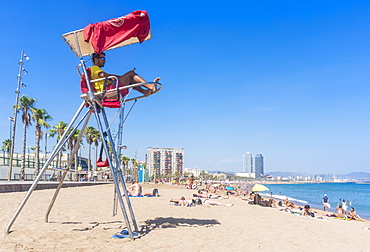
Lifeguard stationed at Barcelona beach of Barceloneta, Barcelona, Catalonia (Catalunya), Spain, Europe

People sitting on woooden jetty pier by waterside, Lake Bacalar, Bacalar, Quintana Roo, Yucatan Peninsula, Mexico, North America
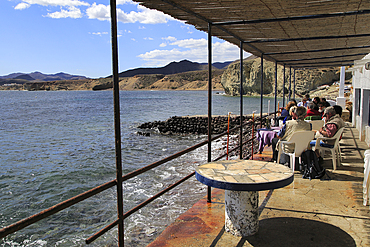
Waterside restaurant, Isleta de Moro village, Cabo de Gata Natural Park, Nijar, Almeria, Andalusia, Spain, Europe
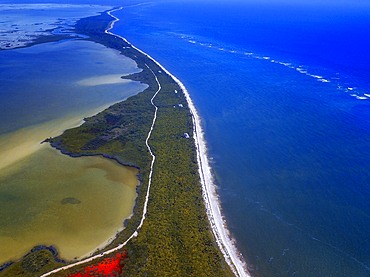
Aerial view of Punta Allen Sian Ka'an Reserve, Yucatan Peninsula, Mexico. Red lagoon near Boca Paila Bridge.
In the language of the Mayan peoples who once inhabited this region, Sian Ka'an means Origin of the Sky. Located on the east coast of the Yucatán peninsula, this biosphere reserve contains tropical forests, mangroves and marshes, as well as a large marine section intersected by a barrier reef. It provides a habitat for a remarkably rich flora and a fauna comprising more than 300 species of birds, as well as a large number of the region's characteristic terrestrial vertebrates, which cohabit in the diverse environment formed by its complex hydrological system.
Along its roughly 120 kilometres of coastline, the property covers over 400,000 hectares of land ranging from sea level to only ten m.a.s.l. The property boasts diverse tropical forests, palm savannah, one of the most pristine wetlands in the region, lagoons, extensive mangrove stands, as well as sandy beaches and dunes. The 120,000 hectares of marine area protect a valuable part of the Mesoamerican Barrier Reef and seagrass beds in the shallow bays. The lush green of the forests and the many shades of blue of the lagoons and the Caribbean Sea under a wide sky offer fascinating visual impressions.

Aerial view of Punta Allen Sian Ka'an Reserve, Yucatan Peninsula, Mexico. Red lagoon near Boca Paila Bridge.
In the language of the Mayan peoples who once inhabited this region, Sian Ka'an means Origin of the Sky. Located on the east coast of the Yucatán peninsula, this biosphere reserve contains tropical forests, mangroves and marshes, as well as a large marine section intersected by a barrier reef. It provides a habitat for a remarkably rich flora and a fauna comprising more than 300 species of birds, as well as a large number of the region's characteristic terrestrial vertebrates, which cohabit in the diverse environment formed by its complex hydrological system.
Along its roughly 120 kilometres of coastline, the property covers over 400,000 hectares of land ranging from sea level to only ten m.a.s.l. The property boasts diverse tropical forests, palm savannah, one of the most pristine wetlands in the region, lagoons, extensive mangrove stands, as well as sandy beaches and dunes. The 120,000 hectares of marine area protect a valuable part of the Mesoamerican Barrier Reef and seagrass beds in the shallow bays. The lush green of the forests and the many shades of blue of the lagoons and the Caribbean Sea under a wide sky offer fascinating visual impressions.
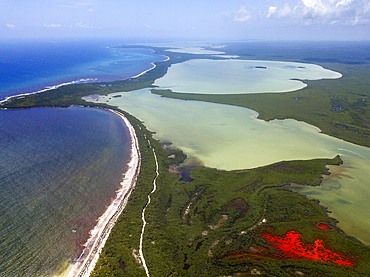
Aerial view of Punta Allen Sian Ka'an Reserve, Yucatan Peninsula, Mexico. Red lagoon near Boca Paila Bridge.
In the language of the Mayan peoples who once inhabited this region, Sian Ka'an means Origin of the Sky. Located on the east coast of the Yucatán peninsula, this biosphere reserve contains tropical forests, mangroves and marshes, as well as a large marine section intersected by a barrier reef. It provides a habitat for a remarkably rich flora and a fauna comprising more than 300 species of birds, as well as a large number of the region's characteristic terrestrial vertebrates, which cohabit in the diverse environment formed by its complex hydrological system.
Along its roughly 120 kilometres of coastline, the property covers over 400,000 hectares of land ranging from sea level to only ten m.a.s.l. The property boasts diverse tropical forests, palm savannah, one of the most pristine wetlands in the region, lagoons, extensive mangrove stands, as well as sandy beaches and dunes. The 120,000 hectares of marine area protect a valuable part of the Mesoamerican Barrier Reef and seagrass beds in the shallow bays. The lush green of the forests and the many shades of blue of the lagoons and the Caribbean Sea under a wide sky offer fascinating visual impressions.
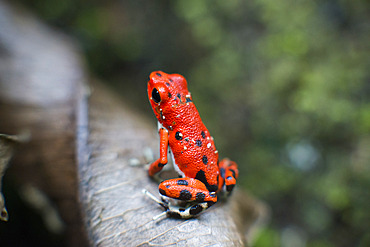
Strawberry Poison Frog (Dendrobates pumilio), adult, Bastimentos National Park, Bocas del Toro, Panama. The strawberry poison frog or strawberry poison-dart frog (Oophaga pumilio or Dendrobates pumilio) is a species of small amphibian poison dart frog found in Central America. It is common throughout its range, which extends from eastern central Nicaragua through Costa Rica and northwestern Panama. The species is often found in humid lowlands and premontane forest, but large populations are also found in disturbed areas such as plantations. The strawberry poison frog is perhaps most famous for its widespread variation in coloration, comprising approximately 15���30 color morphs, most of which are presumed to be true-breeding. O. pumilio, while not the most poisonous of the dendrobatids, is the most toxic member of its genus. The species is most diverse in Panama with varieties in vivid shades of all red, orange, blue, yellow or green, green and yellow, white with red, orange or black and spotted varieties. The most colorful mix is found in Isla Bastimentos Marine National Park though not all in one place. Colors vary by location. A beach on the north side of the island is named after the species. Two of Southern Explorations' Panama tours visit red frog habitat. Both the eight-day Panama Adventure trip and eleven-day Panama Highlights trip spend time in Isla Bastimentos Marine National Park and the former also goes to Red Frog Beach.
The red frog is not as poisonous as some of its cousins and is not a threat to humans. It subsists on a diet of ants that dine on poisonous plants, providing the red frog its protective skin toxin. Males attract females with a loud quick chirp. To hear the distinctive sound before you depart on your Panama tours, go to the University of Michigan Museum's biodiversity website (www.animaldiversity.ummz.umich.edu.) After birth, the tadpoles climb aboard the mother who deposits them in different protected areas where she retu
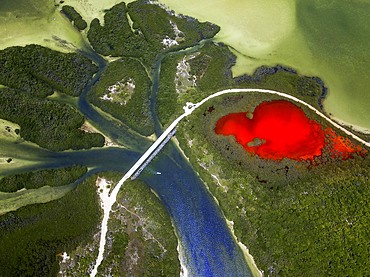
Aerial view of Punta Allen Sian Ka'an Reserve, Yucatan Peninsula, Mexico. Red lagoon near Boca Paila Bridge.
In the language of the Mayan peoples who once inhabited this region, Sian Ka'an means Origin of the Sky. Located on the east coast of the Yucatán peninsula, this biosphere reserve contains tropical forests, mangroves and marshes, as well as a large marine section intersected by a barrier reef. It provides a habitat for a remarkably rich flora and a fauna comprising more than 300 species of birds, as well as a large number of the region's characteristic terrestrial vertebrates, which cohabit in the diverse environment formed by its complex hydrological system.
Along its roughly 120 kilometres of coastline, the property covers over 400,000 hectares of land ranging from sea level to only ten m.a.s.l. The property boasts diverse tropical forests, palm savannah, one of the most pristine wetlands in the region, lagoons, extensive mangrove stands, as well as sandy beaches and dunes. The 120,000 hectares of marine area protect a valuable part of the Mesoamerican Barrier Reef and seagrass beds in the shallow bays. The lush green of the forests and the many shades of blue of the lagoons and the Caribbean Sea under a wide sky offer fascinating visual impressions.

Palms and old pier in Punta Allen Sian Ka'an Reserve, Yucatan Peninsula, Mexico.
In the language of the Mayan peoples who once inhabited this region, Sian Ka'an means Origin of the Sky. Located on the east coast of the Yucatán peninsula, this biosphere reserve contains tropical forests, mangroves and marshes, as well as a large marine section intersected by a barrier reef. It provides a habitat for a remarkably rich flora and a fauna comprising more than 300 species of birds, as well as a large number of the region's characteristic terrestrial vertebrates, which cohabit in the diverse environment formed by its complex hydrological system.
Along its roughly 120 kilometres of coastline, the property covers over 400,000 hectares of land ranging from sea level to only ten m.a.s.l. The property boasts diverse tropical forests, palm savannah, one of the most pristine wetlands in the region, lagoons, extensive mangrove stands, as well as sandy beaches and dunes. The 120,000 hectares of marine area protect a valuable part of the Mesoamerican Barrier Reef and seagrass beds in the shallow bays. The lush green of the forests and the many shades of blue of the lagoons and the Caribbean Sea under a wide sky offer fascinating visual impressions.
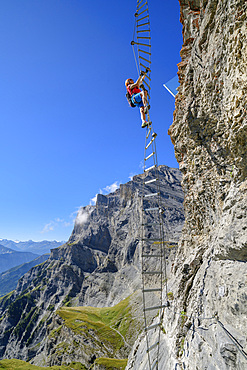
Woman climbs on overhanging ladder on adventure via ferrata Gemmi, Gemmi, Bernese Alps, Valais, Switzerland

Woman climbs under the viewing platform on the Gemmi adventure via ferrata, Gemmi, Bernese Alps, Valais, Switzerland

Woman on the Gemmi adventure via ferrata goes over rope bridge, Daubenhorn in the background, Gemmi, Bernese Alps, Valais, Switzerland
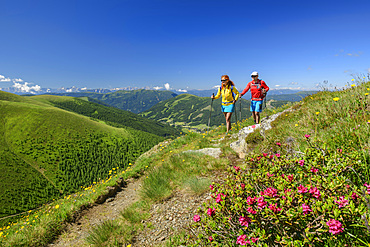
Man and woman hiking with alpine roses in the foreground, Falkert, Nockberge, Nockberge-Trail, UNESCO Biosphere Park Nockberge, Gurktal Alps, Carinthia, Austria
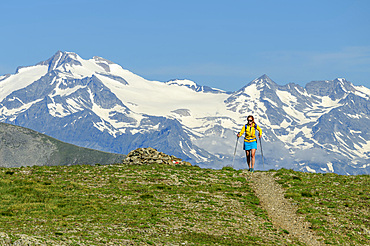
Woman hiking with Hochalmspitze in the background, Rödresnock, Nockberge, Nockberge-Trail, UNESCO Biosphere Park Nockberge, Gurktal Alps, Carinthia, Austria
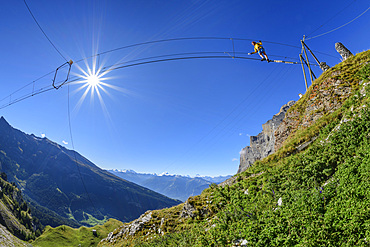
Woman on the Gemmi adventure via ferrata goes over rope bridge, Valais Alps in the background, Gemmi, Bernese Alps, Valais, Switzerland

Woman on the Gemmi adventure via ferrata goes over rope bridge, Walliser Alps with cathedral and Weisshorn in the background, Gemmi, Bernese Alps, Wallis, Switzerland
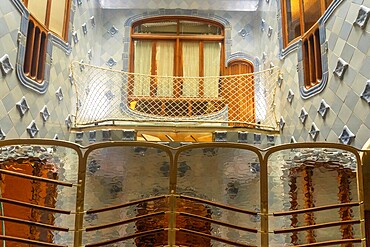
Light filtering through textured glass panels illuminates the unique blue tiled walls and wooden balcony of casa batllo, showcasing antoni gaudi's architectural brilliance
